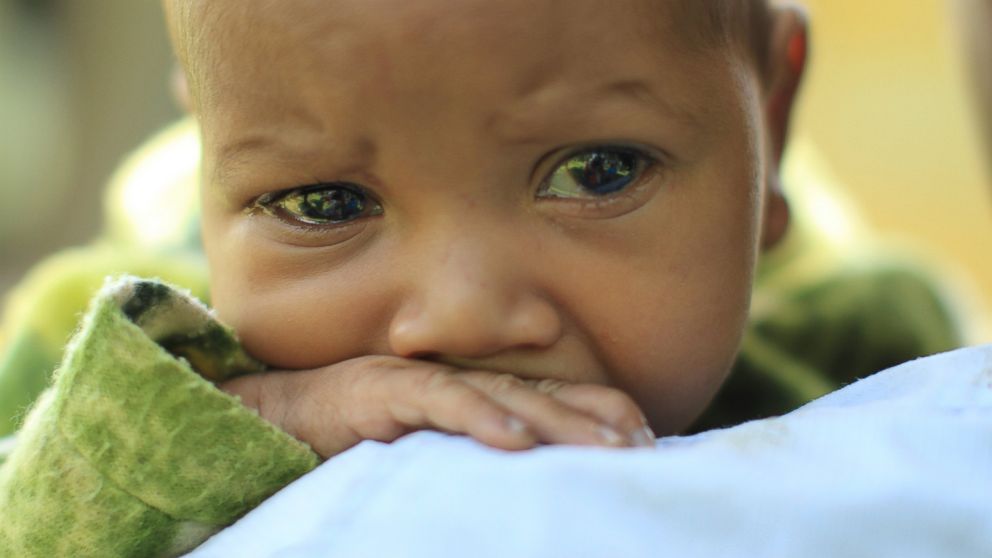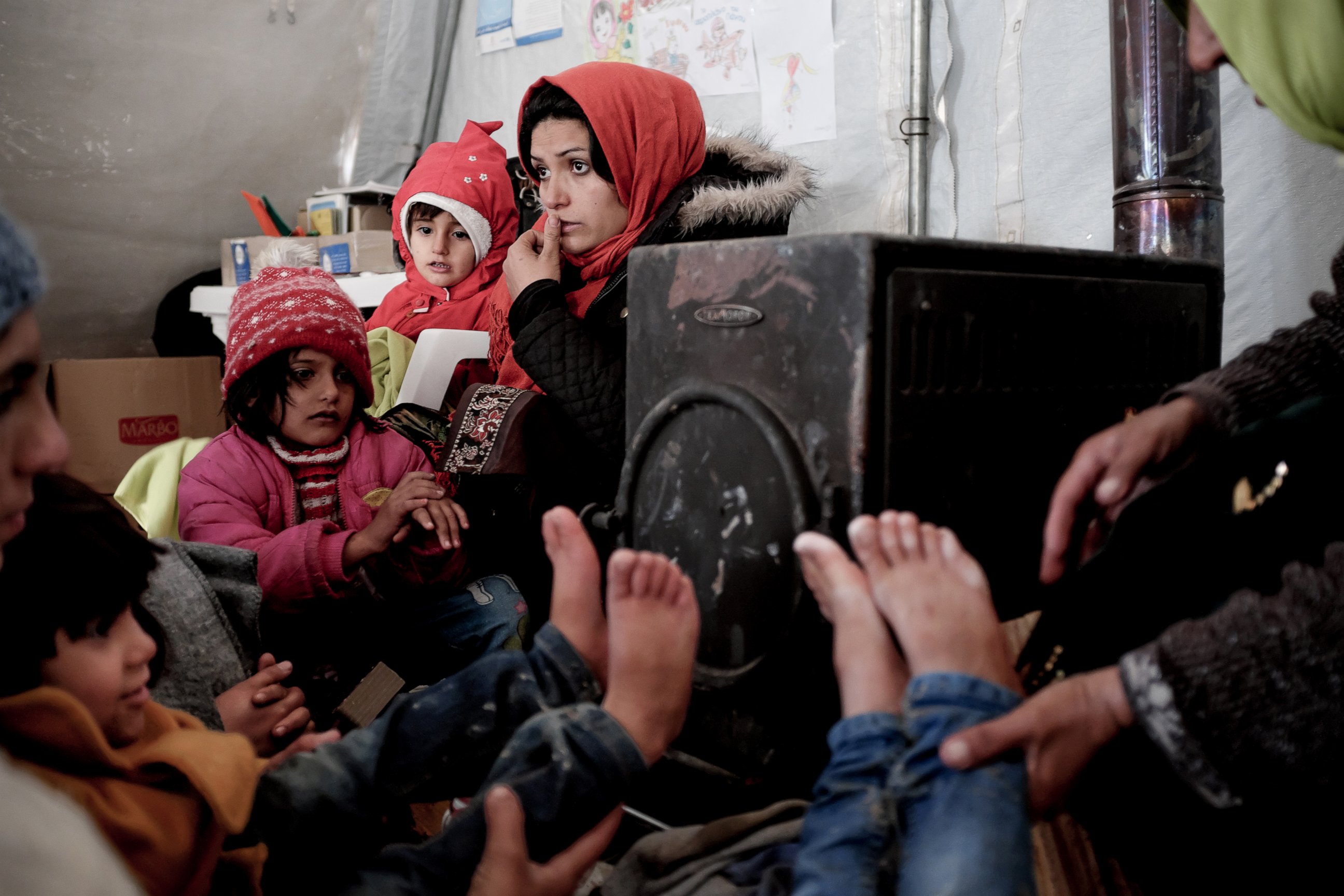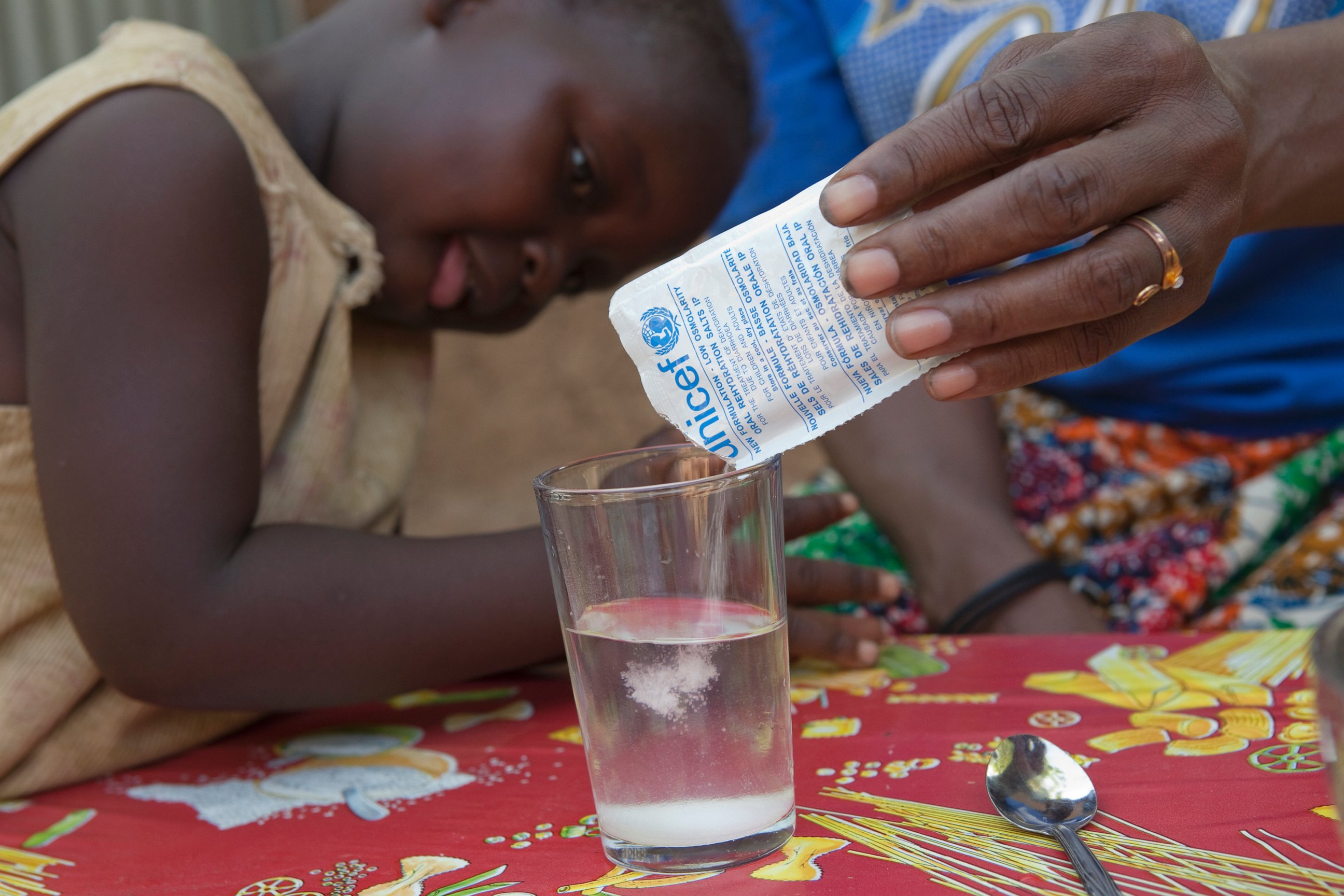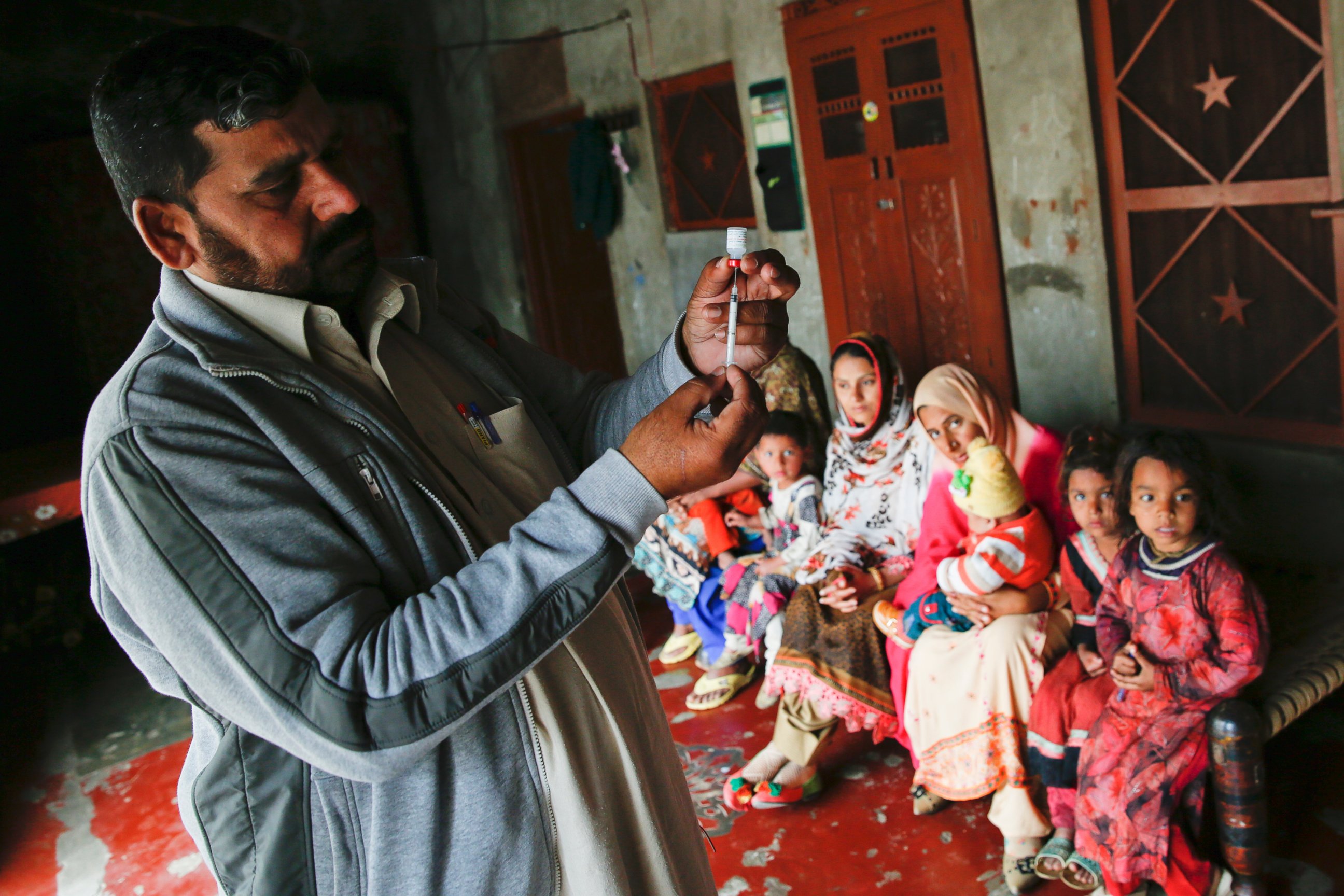2 Curable, Preventable Illnesses Kill 1.4 Million Children a Year, UNICEF Report Says
New report calls for an end to childhood deaths from diarrhea and pneumonia.

— -- Pneumonia and diarrhea -- two largely preventable and curable illnesses -- kill more children globally than all other childhood diseases combined, according to a new report released today by the United Nations International Children's Emergency Fund (UNICEF). The report adds that pneumonia in particular is especially aggravated by air pollution, and urges world leaders currently meeting for the U.N. climate talks in Morocco to take action.
The two illnesses together kill 1.4 million children each year, according to the report. The children who are hit the hardest by these illnesses are overwhelmingly from lower and middle-income countries. More than 90 percent of childhood pneumonia and diarrhea deaths occur in low and lower-middle income countries, although those countries only account for 62 percent of the world's population of children under 5.

“These illnesses have such a disproportionately high impact on child mortality and are relatively inexpensive to treat,” Fatoumata Ndiaye, UNICEF deputy executive director, said in a statement. “Yet they continue to receive only a fraction of global health investment which makes absolutely zero sense."
Ndiaye added: "That’s why we’re calling for increased global funding for protective, preventive and treatment interventions that we know will work to save children’s lives."

Pneumonia alone is the leading infectious killer of children under 5, according to the report, responsible for the death of nearly 1 million children in 2015 -- more than malaria, tuberculosis, measles and AIDS combined.
“We have seen clearly that air pollution linked to climate change is damaging the health and development of children by causing pneumonia and other respiratory infections,” Ndiaye said.
Nearly half of all childhood pneumonia deaths are linked to air pollution, according to UNICEF, which urged world leaders to consider this during the current COP22 climate talks in Marrakesh.
“Two billion children live in areas where outdoor air pollution exceeds international guidelines, with many falling ill and dying as a result," Ndiaye added. "World leaders meeting at COP22 can help to save children’s lives by committing to actions that will reduce air pollution linked to climate change and agreeing to investments in prevention and health care.”





